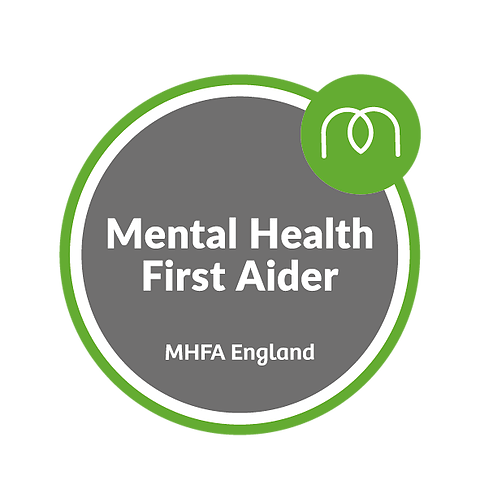Our minds are made to think
14 January 2023

“Our minds are made to think”
This is a sentence I often say when teaching mindfulness because it’s a common misconception that with mindfulness and meditation we’re meant to empty our minds of thought, which is of course impossible because … our minds are made to think!
With mindfulness we learn to notice our thoughts differently though. Instead of getting caught up in them, believing every one, we can start to observe them and be curious about them. After all, thoughts are just thoughts and not facts.
Noticing thoughts, instead of being lost in them, helps us respond to them in more helpful ways. Instead of the thoughts pulling us around and dictating what we do with our life, we can allow them to just be there without letting them control how we react. This means they don’t take such a tight hold of us, and we can create a gap between the thought and our reaction, a gap between the stimulus and our response. By doing this we notice what choices we have, can act in ways that are more helpful and as a result our lives can open around us.
Before I started practicing mindfulness, I had no idea our thoughts weren’t fact. I thought they were, and I lived my life lost in them. I worried almost constantly and planned everything to try to give myself some control over what might happen in future so that at that point I could be happy. Of course, that future never came in the way I’d planned! Instead, I was introduced to mindfulness (unplanned), and this helped me to untangle from the grip of my thoughts and to notice and appreciate my life now.
Human beings have a bias towards negative experiences. It’s how we evolved, mainly because we had to be alert to danger to survive as hunter gatherers! This means we have a tendency towards negative thoughts and worries and so when we believe each thought we have, and react to them, we are more likely to become anxious, stressed and cause ourselves to suffer.
Psychologist Rick Hanson explains in his book Hardwiring Happiness that our brains are like Teflon for the good, and Velcro for the bad. The good news is that we can change this by noticing the good moments in daily life. I’m not talking about just the big moments, but the many small moments that happen each day like the sip of your first cuppa in the morning, noticing your dog’s tail wag as you walk in the room, hearing the birds or seeing a flower start to bloom. Rick Hanson explains how noticing these good moments, lingering on them and soaking them up into our being, can rewire our brains. We then notice more positive experiences more naturally because we are balancing out the negativity bias.
Mindfulness helps us to be present for the life we’re living. It helps us to notice our thoughts, to be curious about them and to choose to behave in ways that best supports us. It helps us to notice all the moments of the day, the difficult and the good - which we might otherwise have missed. By doing this it helps to rewire our brain and to be happier and more compassionate.
(Photo included because my little pal gives me so many positive experiences to soak up every day!)



